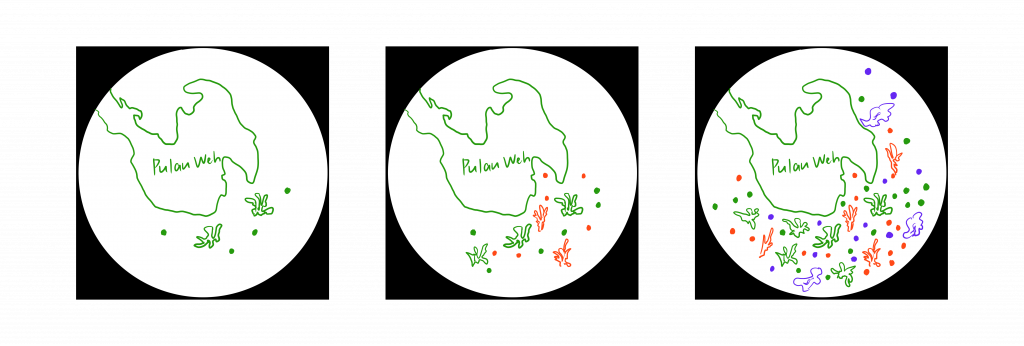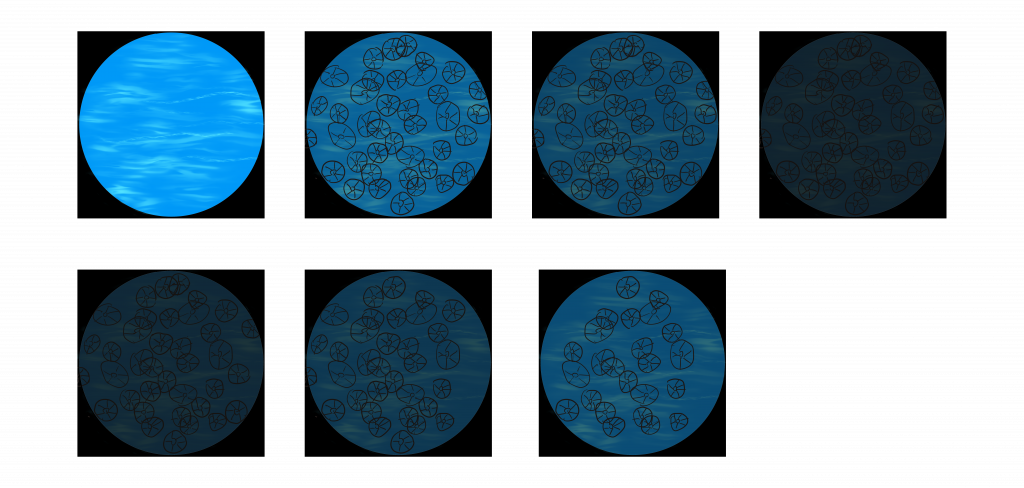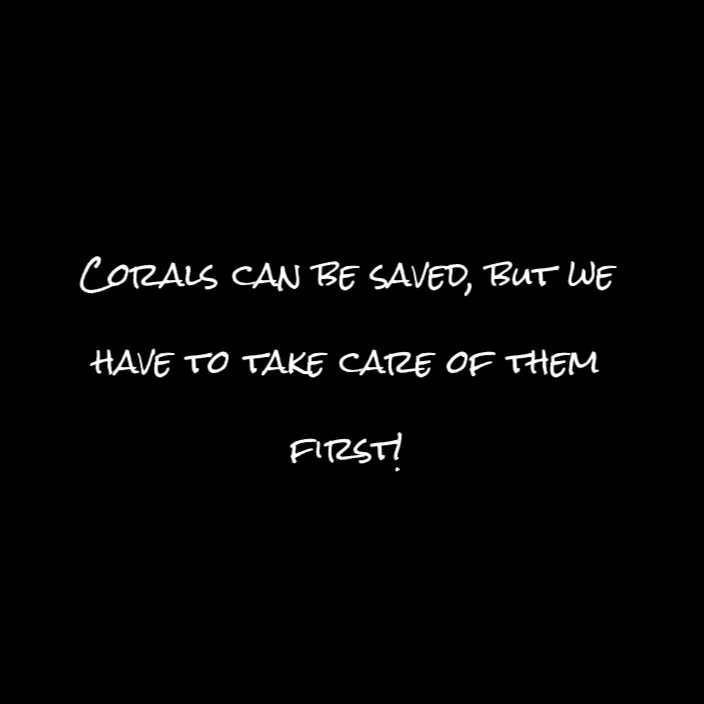Screen Content Storyboard, Wireframe
This week marked an exciting turning point in my project. After weeks spent deep in research and planning, I finally got to sit down and start visualising the actual content for my installation.
At first, I felt a bit stuck. I knew clearly what messages I wanted to communicate, but translating that into short, engaging visuals was trickier than I’d planned. I wanted to avoid making something overly academic or dull—I needed the content to be engaging, clear, and visually interesting enough to capture people’s curiosity.
Screen 1: Introduction
I started by sketching out rough storyboards by hand. Having everything on paper made it easier to rearrange and rethink the flow of each screen’s content. Screen 1 (introducing artificial reefs) was particularly important—it needed to set the tone for the entire experience. I spent quite some time experimenting with different ways to introduce ARs, aiming to balance clear explanations with an intriguing, open-ended question.

Screen 2: Successful Case
This screen felt important because it was about conveying optimism. I wanted viewers to see the positive impacts artificial reefs can have. I struggled initially to translate complex data into a straightforward and visually appealing narrative. Eventually, I chose an animated map style that would show the gradual growth of coral cover and marine life around the location over time, reinforcing a message of hope and possibility.

Screen 3: Failed Case
In sharp contrast, the third screen presented a cautionary tale. It dealt with ecological failure and human error. Finding the right visual approach to communicate the impact clearly, without sensationalising or trivialising the tragedy, took careful consideration. I ended up choosing visuals that emphasised the environmental consequences—tyres piling up underwater, pollution increasing—to create a powerful yet thoughtful statement.

Screen 4: CTA
Finally, the last screen had a slightly different role. It needed to summarise and inspire the audience to think. I wanted it to feel simple yet powerful. After multiple iterations, I included a strong call-to-action message that appeared randomly, prompting visitors to reflect personally and emotionally on their role within the broader ecological context.

Reeflection
Reflecting on this week, I realise just how important it is to consider audience experience in every creative decision. Storyboarding and wireframing reminded me that every detail—from colour choice to pacing—can significantly shape how an audience engages with the work. It’s rewarding to see my ideas finally materialise, making the project feel even more tangible and real. I’m excited (and slightly nervous!) to see how it all continues to evolve in the coming weeks.